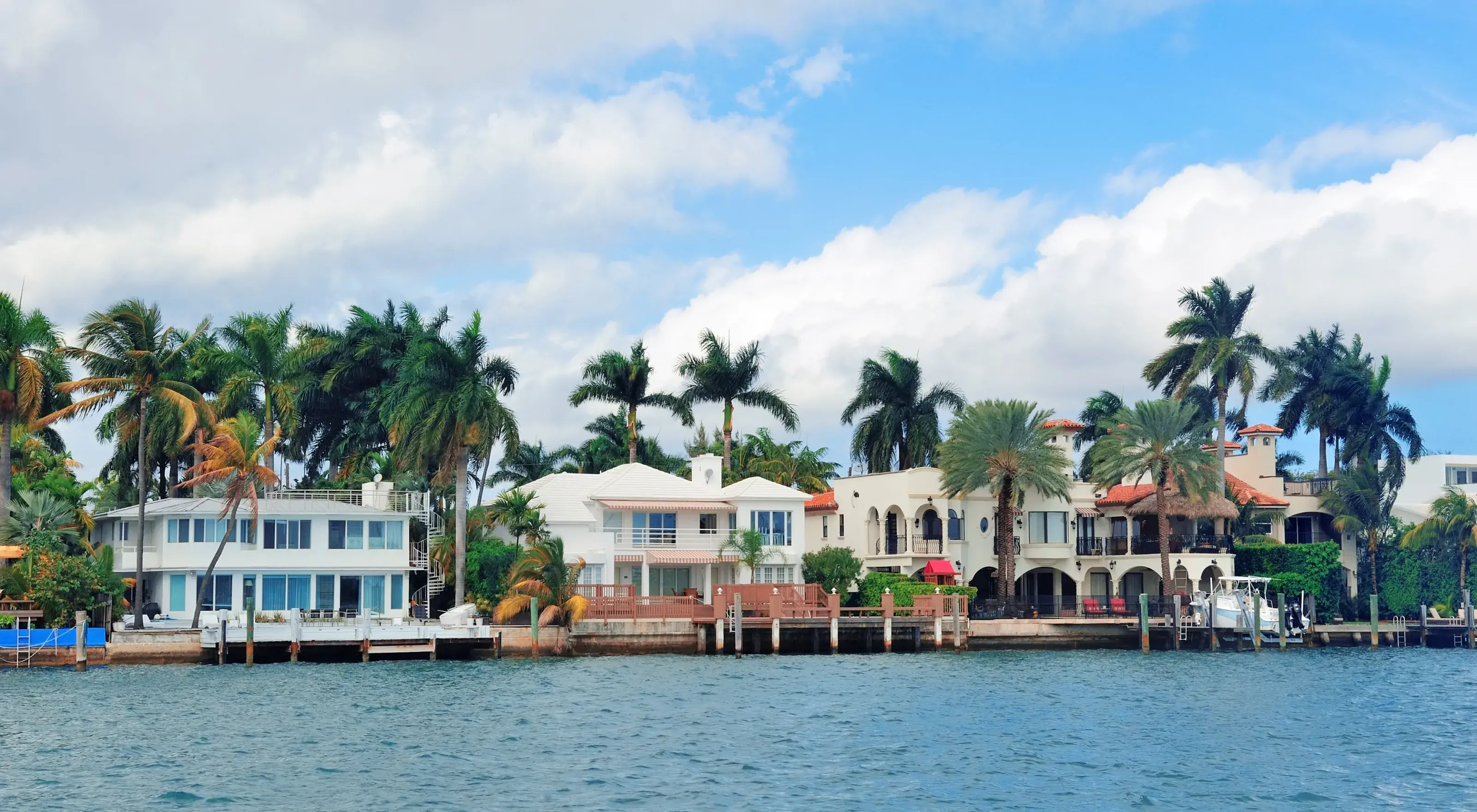The Impact of the NAR Lawsuit on the Mortgage and Real Estate Industries
Major Lawsuit Against National Association of Realtors Progresses as Class Action
South Florida's Most Affordable Housing: Rentals
Possible Recession Signs: Examining the Economic Landscape
Inflation Moderation Nears, Federal Reserve Advances
September 2022: South Florida Real Estate Stats
Real Estate Market Forecast in South Florida for 2023
Miami Real Estate Snapshot - August 2023
Vera Fund: 2022 Results and 2023 Strategy
How to become an accredited investor
July 2022: South Florida Real Estate Stats
Advantages of the South Florida Real Estate Rental Market
How to start investing with Vera Fund
August 2022: South Florida Real Estate Stats
Vera Fund's Cryptocurrency Real Estate Investments
The collapse of the banking sector in the USA
Promising investment directions of Vera Fund
Greenberg Traurig Renews Miami Lease
Time To Use A Florida 1031 Exchange
Why does a foreigner buy real estate in Florida?
December 2022: South Florida Real Estate Stats
Key Criteria for South Florida Commercial Real Estate Investment
November 2022: South Florida Real Estate Stats
Oct. 11, 2023
South Florida's Most Affordable Housing: Rentals
In South Florida, the historical advantage of affordability is fading away, particularly in the housing sector, even as inflation shows signs of cooling. As a result, many South Floridians are finding that renting is the most viable option for their housing needs.
Several factors contribute to this shift in the housing landscape. The region has witnessed an influx of high-income residents, combined with a shortage of available homes for sale and single-family construction projects. This scarcity of housing options has made homeownership increasingly challenging for locals.
Residential construction activity in South Florida has failed to match the levels seen between 2003 and 2006, when the total number of residential construction permits nearly doubled compared to recent years. Specifically, permits for housing with less than five units, including single-family homes, have remained below historical levels since 2010, with a continued decline since 2020.
On the flip side, construction permits for housing with more than five units, including condos and apartment buildings, have remained relatively high. However, the majority of these permits have been dedicated to for-rent apartment buildings, which are expected to be completed through 2025.
In addition to limited new construction, the inventory of existing homes for sale remains constrained. Active residential listings for sale in South Florida are still less than 50% of pre-pandemic levels, both locally and nationally. This shortage has added pressure to one of the nation's most active housing markets.

Despite these challenges, prospective buyers remain active in South Florida, driven by significantly higher home prices, which have surged by more than 50% since 2019, along with elevated mortgage costs. Median sale prices for single-family homes have exceeded $600,000, and condos have surpassed $400,000 in Miami.
Florida continues to attract international buyers, with South Florida being a top destination. Countries like Colombia, Germany, Venezuela, and Argentina have shown sustained interest in South Florida properties. International buyers often pay in cash and are less sensitive to mortgage rates, with approximately 66% of their transactions being all-cash deals, compared to 44% nationally. This has led to a higher share of cash transactions for both single-family homes and condos in South Florida.
The influx of cash-rich international buyers, combined with limited for-sale housing inventory, is expected to maintain property values in the near term. Furthermore, homeowners who secured low-rate mortgages in recent years are unlikely to sell unless they face significant life events.
As of the second quarter of 2023, the effective interest rate on outstanding mortgage debt stands at around 3.5%, while 30-year mortgage rates have risen above 7% in the past month. This substantial gap between existing and new mortgage rates has made homebuying more expensive for households requiring financing, effectively doubling the average mortgage payment for South Florida buyers. Housing costs now represent about 50% of household incomes, even before factoring in higher insurance and homeowners association expenses.
The significant increase in housing costs contrasts sharply with the demographics of existing and anticipated residential demand. Most of the expected growth in housing demand will come from lower-income households, as job growth in South Florida is projected to be concentrated in lower-earning sectors through at least the end of 2024. Industries such as arts, entertainment, recreation, accommodation, food services, educational services, and construction, with annual wages below $70,000, are expected to drive employment gains.
Given that the average mortgage payment relative to wages for these sectors exceeds 60% of income levels, renting is likely to be the preferred housing choice for many in these industries. In summary, the average South Florida resident is increasingly finding homeownership out of reach, making renting a more long-term option for households with average to lower incomes in the region.
Nevertheless, South Florida continues to attract residents with its warm climate, lack of state income tax, and diverse entertainment options. These factors have drawn newcomers to the region for years, although they will now require higher incomes to afford the area's rising cost of living.



